Nearly ten years after tainted heparin of Chinese origin was connected to the deaths of over 200 patients, an adulterated form of the blood thinner may still be on the US market. While the alleged contamination is different from the earlier case, some members of congress are criticizing the US Food and Drug Administration (FDA) for failing to prevent the current issue.
In 2007, crudely-prepared heparin from China was found to contain a deadly man-made contaminant – known as oversulfated chondroitin sulfate – that contributed to the deaths of 246 people, and caused hundreds of others to become critically ill. In a letter to FDA commissioner Robert Califf, five senior members of the House Energy and Commerce Committee claim that some Chinese heparin producers may now be using intestines from cows and sheep to produce the drug.
This goes against the regulatory approved process of manufacturing the drug, which mandates that only pig intestines be used to produce heparin. According to the congressional panel, the FDA has known about the practice of using unapproved animal sources as raw materials for heparin manufacturing, since 2007.
“FDA was not responsive to credible evidence of contamination of heparin with non-porcine material before the heparin crisis, and for several years in the immediate aftermath of the crisis,” said the letter to Califf. Even after the FDA released testing guidelines for pharmaceutical companies in 2012, the committee said, “loopholes and exemptions that permit part of the Chinese drug supply chain to operate outside government scrutiny still remain.”
In 2008, regulators were able identify Baxter International Inc. as the seller of the contaminated heparin, however the agency never identified the point in the supply chain at which the adulterant was added. The committee claims that the FDA also failed to fully investigate concerns that the tainted heparin was reintroduced into the US market, after the deadly contaminant was removed.
Research has shown that heparin derived from cow’s intestinal linings – as opposed to pigs’ – has different anti-coagulant activity inside the body. In addition, manufacturing drugs from cow-derived raw materials could increase the risk of contamination with mad cow disease.
China is the main supplier of US-bound heparin due to their large pig population, however estimates suggest that current pig supply in the country is insufficient to support the amount of heparin being produced there. “The pig supply in legal slaughterhouses in China would not be sufficient to support the number of pigs needed to manufacture the amount of Chinese heparin for export alone, not even taking into account the amount needed for the Chinese domestic heparin market,” said the letter to the FDA. The committee found that based on the amount of heparin produced in 2007, the country was 100 million pigs short, suggesting other animal sources were used.
The five committee members asked the agency to respond to several questions involving their investigation into the contaminated drug, by April 12. In addition to the many questions, the members asked the FDA how they could improve future investigations of potential economically-motivated adulteration of drug products.


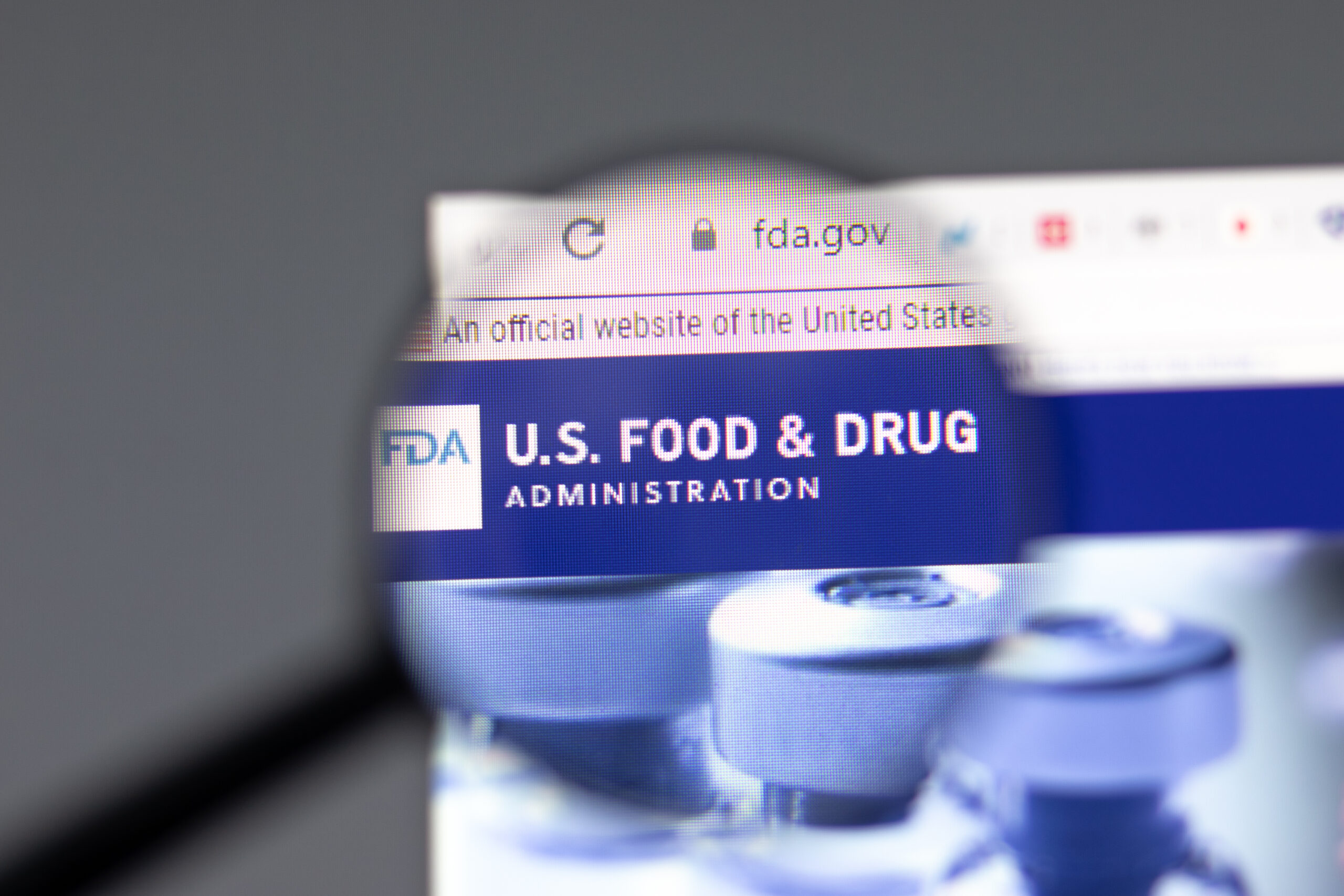
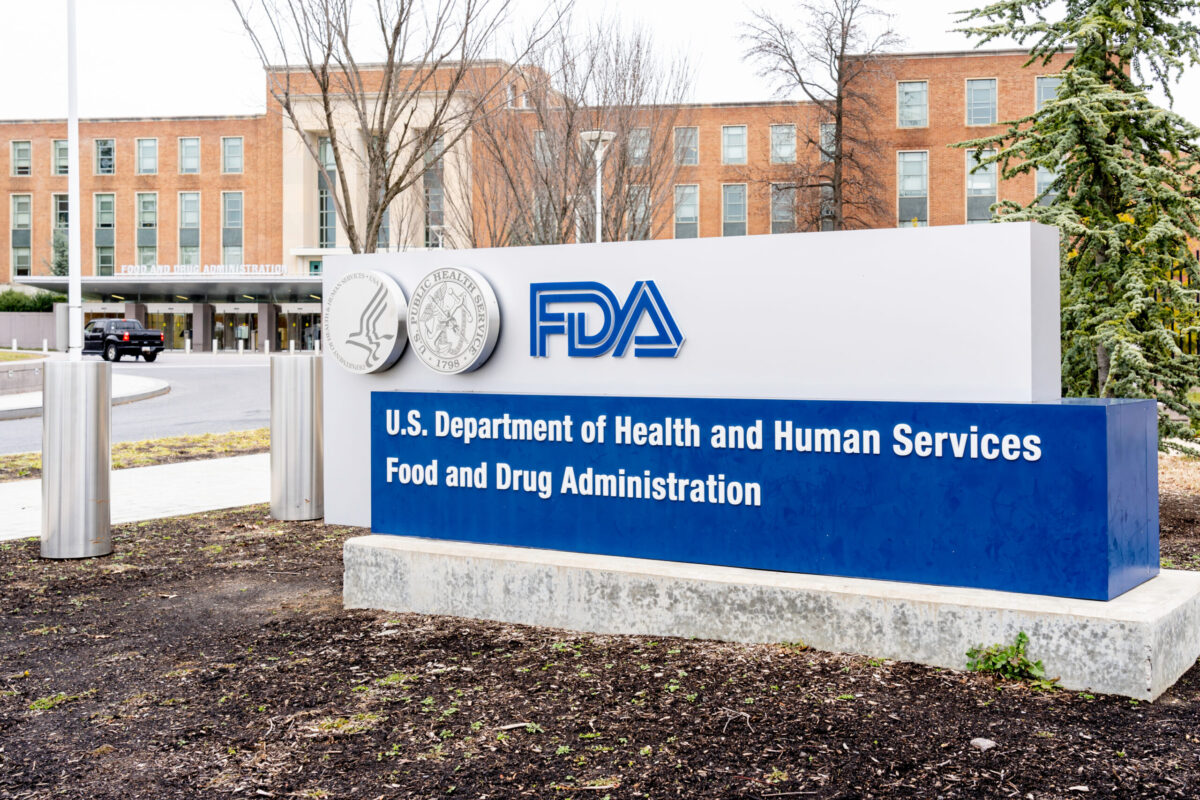
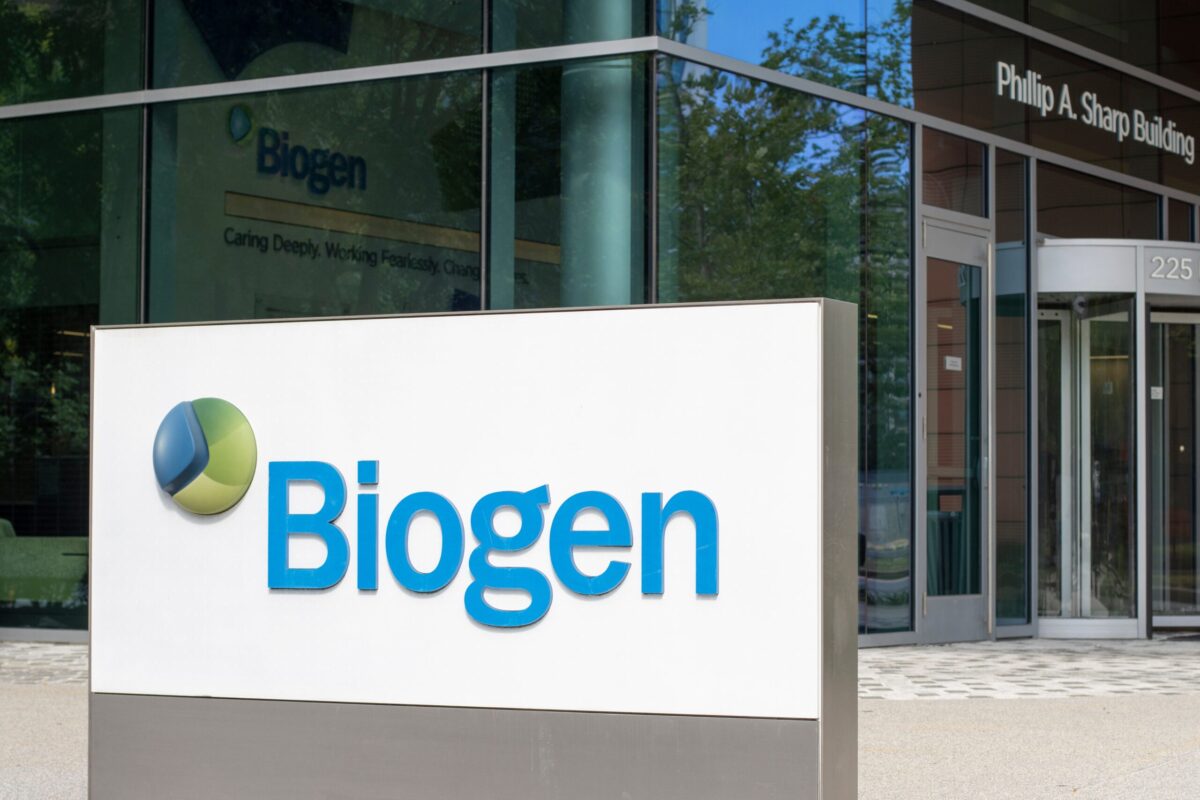
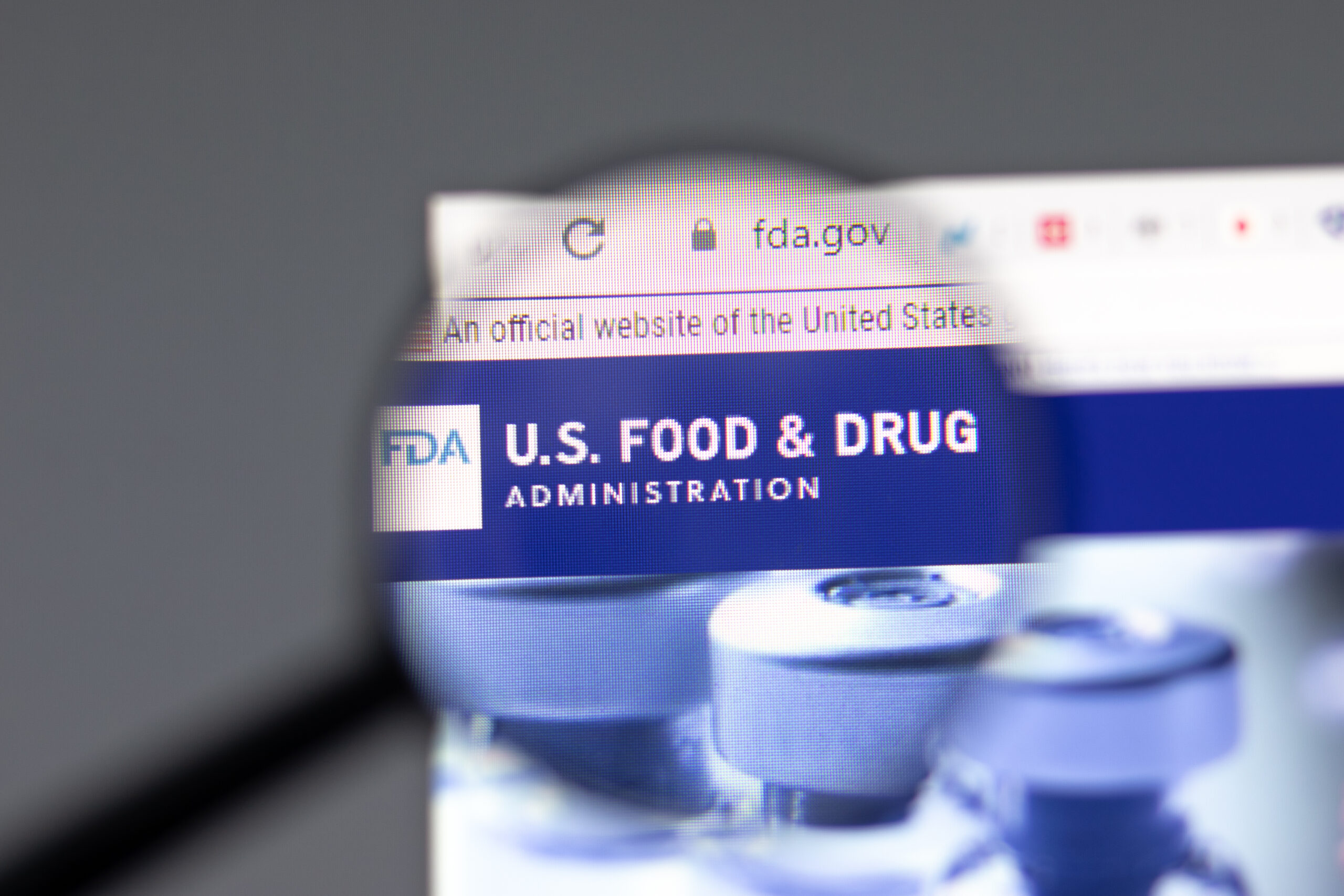
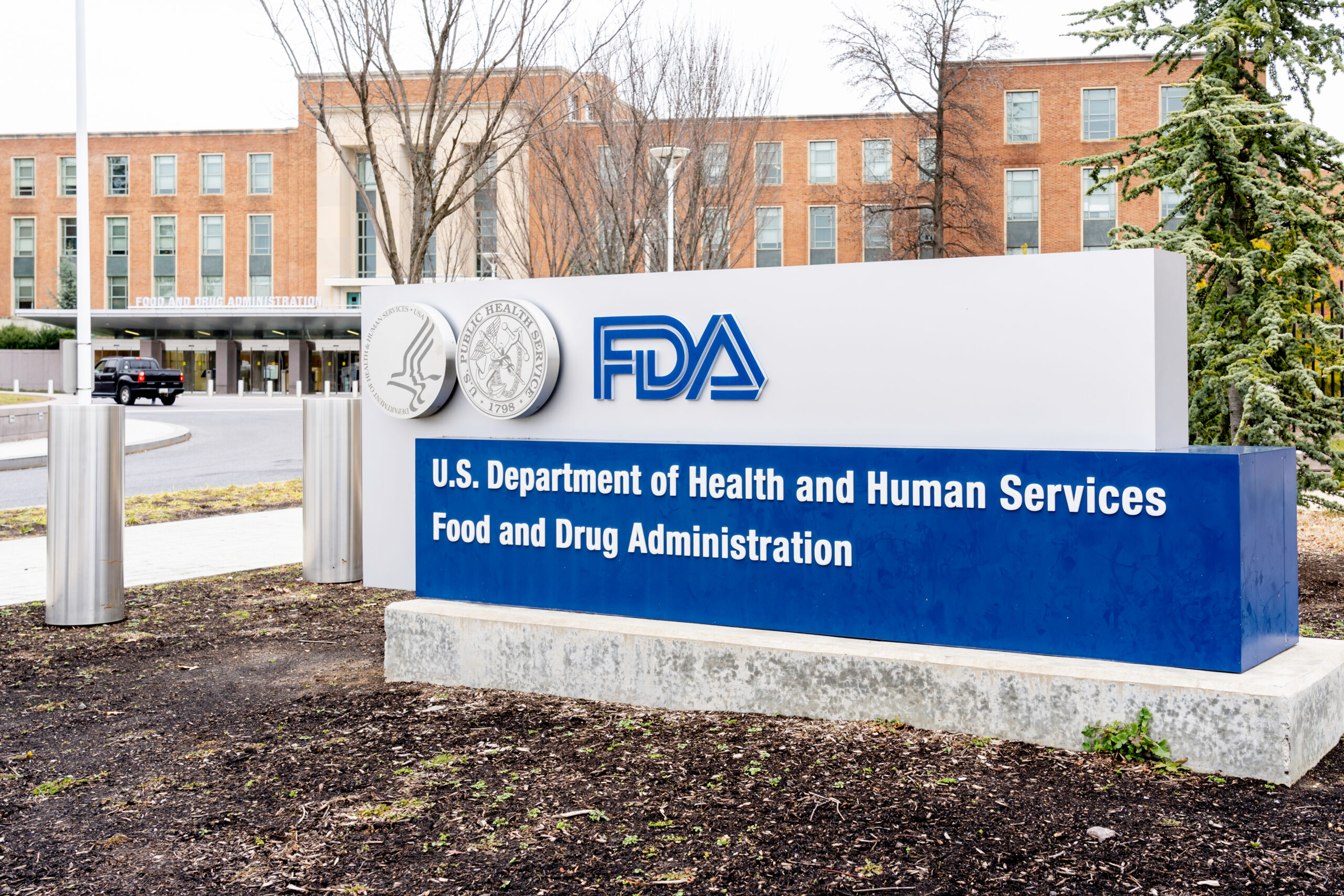





Join or login to leave a comment
JOIN LOGIN